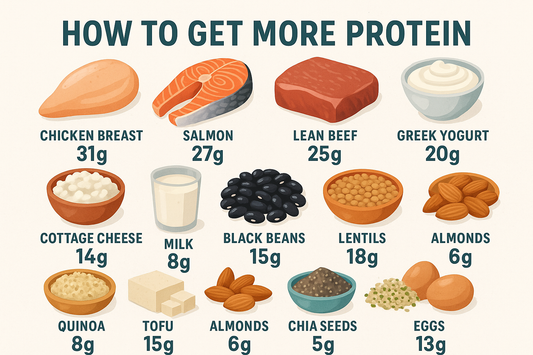Everyone out there has their own reason to step out of their comfort zone and join a gym. For the beginners and inexperienced gym-goers, the choice between weight lifting with free weights or machines is not a new debate.
It is rather confusing to choose between free weight and machine because both of them can help you enhance your strength. The choice fairly depends on your personal preference, your physical fitness level, your fitness goals and your approach to equipment.
Most well-supplied gyms have a hefty combination of both free weights and machines. This article demonstrates a pretty significant list of pros and cons of both types of weight lifting. It may prove helpful in minimizing the fear and awkwardness of first-time lifters.
Free Weights:
Free weights include anything you can pick up and hold such as dumbbells, barbells, kettlebells, etc. They demand your body to work against gravity to pick up the object.
Pros of Free Weights Lifting:
Free weight lifting has certain advantages associated with it.
- Makes you stronger:
Studies and different researches have shown that free weight lifting is an efficient way to get you stronger much faster than weight machines.
- Time efficient:
Free weight lifting makes you more efficient with time. You are able to work more muscles and get rid of more calories in less time.
- Versatile and inexpensive:
Compare to a broad range of machine weights for certain exercises, free weights are versatile and cost much less.
- More potential for movements:
Free weights allow movements to occur in three dimensions. In contrast to machines, free weights help to perform multi-joint exercises.
Cons of free weights:
Following are some major disadvantages of free weight lifting.
- Risk of injury:
Due to free range movements, while handling free weights, there is a greater risk of injury compared to training with weight machines.
- Constant resistance:
The resistance remains constant throughout the joint’s range of motion while training with free weights. This is due to the amount of weight lifted by a person is limited by the point at which the muscle is weakest.
- Requires proper training:
Proper training and practice are required to get used to lifting with free weights. Additionally, proper instruction and training are essential in order to master proper form.
Machines:
Machines consist of anything that you sit in, or on, and you push or pull a lever through a specific range of motion. For example,
- Leg extension machine
- Chest pressure machine
Pros of weight machines:
Like free weights, there are certain advantages attributed to weight machines.
- Better for beginners:
In comparison to free weights, machines are often staffed by personal trainers. Therefore, it is easy for beginners to learn and properly use the machine.
- Good for isolating muscles:
In case you are injured and unable to use certain muscles, or you want to use just one single muscle group, machines can be very effective to ensure isolation of a particular area.
- Safety:
In contrast to free weights, there is no danger of falling weights while training with weight machines. Thus, it can be an added measure of safety for beginners.
Cons of weight machines:
The disadvantages of training with weight machines are briefly discussed as follow:
- Lack of workout flexibility:
When compared with free weights, training with weight machines does not provide much flexibility. There is less scope for designing and performing different workouts.
- Costly:
From the management perspective, weight machines cost far more money than free weights. There may require additional expenses for maintenance and repair.
- Single plane movement:
Most weight machines allow only single joint exercises. In other words, they are unable to recruit muscles other than those specifically targeted by the machine.










